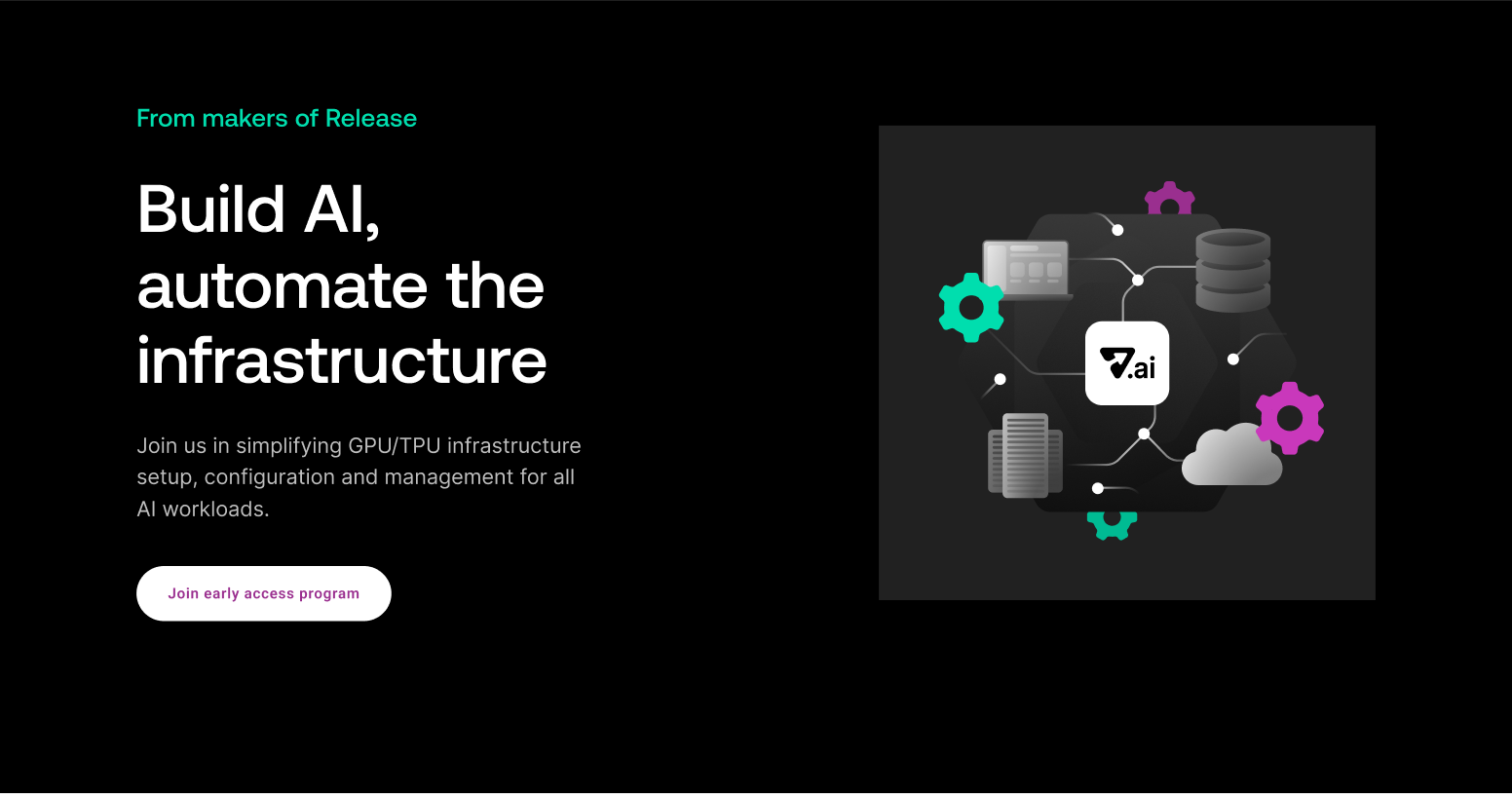Software testing plays a critical role in the end-to-end software product development process as it ensures as well as upholds the overall product quality.
Among the different phases of this software testing include integration testing, unit testing, system testing, acceptance testing, and the last phase of software testing, known as the UAT or User Acceptance Testing, which plays a significant role in the entire software testing process.
This blog series aims to explore more about user acceptance testing, including what it is, UAT best practices, stages of UAT, disadvantages, challenges, and more.
This is a 4-part series on User Acceptance Testing (UAT)
- Part 1: What is User Acceptance Testing and its Best Practices
- Part 2: How to Prepare for User Acceptance Testing?
- Part 3: User Acceptance Testing Challenges & UAT Environment Examples
- Part 4: UAT Checklist
What is User Acceptance Testing?
User acceptance testing or UAT is a specific type of testing which is mainly performed by real users in the last stage of testing before the application or software is released to the live production environment.
The primary reason why you need user acceptance testing is to validate if all business requirements of the software are met or not. This must be necessarily done before releasing the software to the market. This type of testing sometimes is also known as beta testing, application testing, or, more often, end-user testing.
The key purpose of UAT is to validate end-to-end business flow. It is similar to black-box testing, where two or more end-users will be involved. Put simply, UAT is essential because:
- It is a critical part of the software testing procedure and may help find defects that were not detected earlier.
- It helps users confirm if the developed solution meets the requirements and fulfills the needs of target users.
- The needs and requirements of the customers are unique, unpredictable. Implementing UAT helps to effectively fill this gap and identify scenarios that were not properly defined or requirements that need revisit.
User Acceptance Testing Best Practices
In this section, we are going to discuss some of the user acceptance testing best practices to ensure that your application is thoroughly tested, the software meets user demands in real-world scenarios, bugs get resolved much before launch, and all your clients are successful and happy.
Among these best practices are:
Identify your target audience
When it comes to UAT, it is crucial to identify your target audience and understand their unique problems and needs. This allows you to ensure that there is no wastage of time / resources on something that won't work for users.
Prepare a realistic test environment and data
Another important requirement for UAT is that the environment and test data must resemble the production environment as closely as possible. In an ideal scenario, the UAT environment should be completely separate from the QA environment. However, if this is not possible, it is best to have a complete refresh before UAT, where QA professionals should check the refreshed environment to ensure it's working as expected. Spinning up a demo environment can be cumbersome and expensive. With Release's Ephemeral Environments it’s possible to view a developer’s changes at any time or any place. You don’t need to worry about having the proper environment variables in place or running any code locally.
Create proper test criteria
The test lead or a QA manager should work with QA professionals to be able to ensure that the test coverage is complete. Here checklists can offer an effective alternative to test cases and scripts. Also, the acceptance criteria should form the basis of testing user stories.
Be very specific
Test cases in UAT need to be as detailed, thorough, and as specific as possible. It is best to be clear about and specify what buttons to click, what data to enter, what accounts to use, and what results the user should see. In addition to this, it should also cover how new functionality fits in well with existing pieces.
Create robust bug communication standards
Bugs are inevitable in any application, and hence it is important to focus on how they are communicated to quickly resolve the issues. Make sure to be as specific as possible when creating a bug. Being vague can lead to confusion among developers, increases triaging times and further pushes back the timeline for the bug.
Create user stories based on specific business requirements and scenarios
User acceptance testing can be very useful if you target the right set of users. And to be able to target the expected users, it is required to create it in sync with the business requirements. Also, before proceeding with the user acceptance tests, it's very important to clearly define the event that you would consider a success and what would define that the product passed/failed the acceptance test?
Now that you are familiar with user acceptance testing best practices, next we'll look at How to Prepare for User Acceptance testing.
About Release
Release is the simplest way to spin up even the most complicated environments. We specialize in taking your complicated application and data and making reproducible environments on-demand.
Speed up time to production with Release
Get isolated, full-stack environments to test, stage, debug, and experiment with their code freely.




.jpg)






